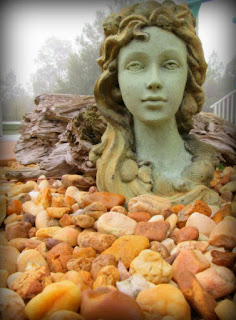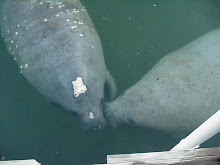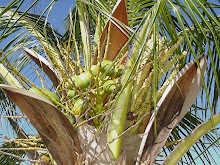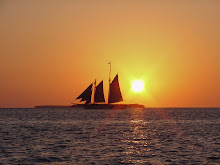I know that the number of my posts in 2016 were fewer than I had wanted or anticipated (maybe you, my dear reader, feel the same way). I still have things I want to write about that happened last year and I will, I promise, but today I must write about something that happened today (while it is still fresh in my mind).
I participated in something called StoryCorps. It was founded in 2003 by MacArthur "Genius" Fellow Dave Isay. StoryCorps' mission is to provide people with the opportunity to record, share and preserve the stories of their lives. It collects the stories that are often excluded from the historical record and StoryCorps records narratives that would otherwise be lost to history and reminds the nation that every story matters and every voice counts.
StoryCorps has given nearly 100,000 people a chance to record interviews and leave a legacy for future generations. These stories, which make up what is now the largest single collection of human voices that have been collected, are preserved at the American Folklife Center at the Library of Congress. StoryCorps shares select excerpts of these conversations with the world through their broadcasts on NPR, their animated shorts on PBS, their website, their podcasts and their books.
How did I get to be part of all of this? The director of the little museum I volunteer for was contacted by the local PBS station, WGCU (our little museum has a partnership with WGCU). They said that the StoryCorps' MobileBooth (an Airstream trailer converted into a traveling recording studio) was going to be in Ft. Myers for about five weeks and would be interested in gathering some of the stories of people in my town. StoryCops would send a remote team to the museum (the MobileBooth had to stay in Ft. Myers) and make the recordings there. My museum director asked if I would be interested in participating...but of course I would!
I visited the StoryCorps website to see what I could expect and looked at some of their questions that could make for a good interview. I decided on the marriage and partnership line of questioning and I chose to be interviewed by one of my friends. My friend had the list of questions ahead of time so that she would feel comfortable in asking them. Questions such as: How did you meet your husband? How did you know he was "the one"? and How did he propose? My friend adlibbed a couple of questions too.
Two young women made up the StoryCorps team. They brought in their recording equipment and began setting things up in the office on a little card table that we had at the museum.
Once they had things set up they waited for the first set of interviewers/ees to arrive. My friend and I would be the second set of recordings of the day. Here they are talking with the museum director before the recordings of the day were to begin.
Before you sat down for your recording session you had to fill out paperwork which asked for basic personal information such as name, address and ethnic background. Once we sat down in front of our microphones the recording Facilitator made sure that we were positioned well for recording and checked our audio levels.
The interview lasted about 40 minutes. While my friend and I were talking, the Facilitator took notes, kept time and monitored the audio. When we were done with our interview we were given a copy of it on CD. We also had to sign a release form, which allows StoryCorps to keep one copy and send another one to the archive at the American Folklife Center at the Library of Congress.
Finally, the Facilitator took photos of me and my interview partner/friend, both together and separately. These photos will also be included in the archive at the American Folklife Center at the Library of Congress.
The Colonel was at the museum during the recording but was in another room. He took the pictures of my friend and I. He and I listened to the interview on our way home. He said it was a very good interview and that my friend and I sounded great.
I enjoyed the experience and was pleased with the recording. I am proud to have my story (a slice of it) in the Library of Congress to share now and with future generations.














































